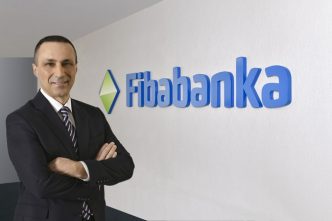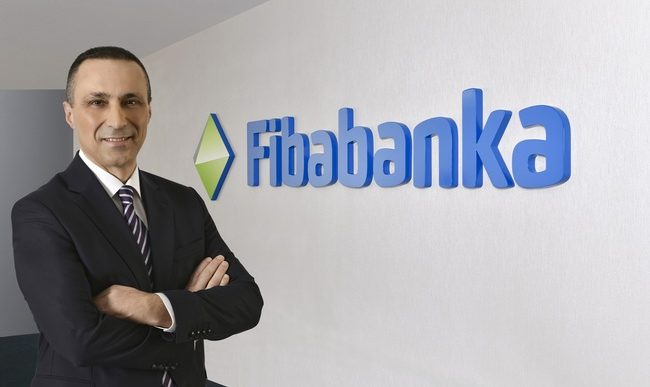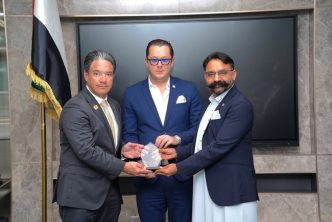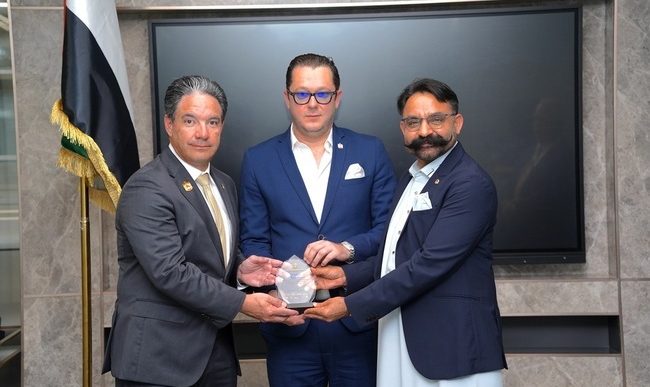Visionary CEO Jack Truong has an impressive track record. His bold initiatives have resulted in dynamic turnarounds for several major global corporations. While at 3M, as technology in the workplace began to eclipse traditional solutions, Truong reimagined the increasingly irrelevant Post-it note into a robust market leader. At Electrolux, he revamped a flat-lining appliance line into the second most popular brand in the North American market.
At James Hardie, Truong’s groundbreaking strategy and execution transformed a narrowly focused building materials manufacturer into a leading international residential and commercial construction industry presence with a vastly expanded product line that translated into broad-based consumer demand. Market capitalization of the company increased by more than U$13 billion over a three year period.
“I saw the opportunities of a regional-based company rather than a global company, and I also saw it as more of a single product line,” Truong said of his accomplishments there in an interview with CEO Magazine. “It’s a company where I identified the potential to utilize my experience and skill set as a global business leader to build its potential from a regional company to become a global, sustainable, and profitable growth company. I saw it as an opportunity to create something amazing.”
Each of these remarkable corporate revivals, it should be noted, went hand in hand with skyrocketing profitable sales figures and market capitalization values. “I think one of the things that really differentiates me as a CEO — as compared to many of the Fortune 1000 CEOs out there — is that every time I go into a new company or a business … I’ve been able to turn [things around], to create significant value for that particular business in a very big way, and also in a very short period of time,” Truong admits.
A CEO’s First Day Marching Orders: Arm Yourself With Knowledge
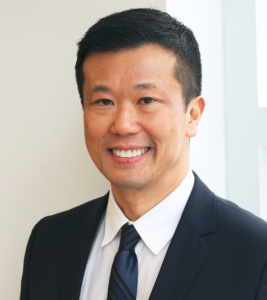
If Jack Truong appears to have a talent for replicating success, it’s because he routinely employs a consistent approach when taking on the challenges of a new leadership role. His new-hire formula for CEOs and C-suite executives, himself included, is pretty straightforward: Get out in the marketplace and learn everything you can about not only who’s buying and who’s ultimately using your company’s products, but why they’re buying and using them. And if they’re not, discover what boxes your competition is checking off that your brand isn’t.
“My approach has always been, once you’re new in the business or a company, spend the majority of your first hundred days out in the market away from the office … You have to go and visit your customers — meaning the ones who actually buy products from you,” Truong explains. Finding out the reasons customers choose your products and how they compare them to those of your competitors holds the key to creating a winning strategy for moving your company forward. “You want to understand the what, the why, the how. What makes them happy with your products and the way they do business with you, what makes them unhappy.”
Truong cautions that if an incoming CEO or C-suite executive ducks out of this type of initial fact-finding reconnaissance duty, they’re doing both themselves and the companies who’ve put their trust in them a disservice. And yet, Truong says, for many of his peers, it’s an all-too-common occurrence. “A majority of CEOs and C-suite executives just don’t take the time to go out there and really try to understand what’s going on,” he reflects. “[They] … just stay in the office and make decisions based on their perceptions and what they read from the financials, and then what they see or hear from people, as opposed to going out there and seeing what’s going on and hear what’s going on [for themselves].”
But as far as Jack Truong is concerned, there’s no substitute for observing the lay of the land in person. “A lot of times when you talk to your customers, and if they have frustrations, you’ll see that in how they communicate with you. If you have different levels of frustrations or different levels of happiness or satisfaction, you want to know that because that’s very important.”
Why Factoring in Data From End Consumers Is Also Critical to Success
Another essential action in an incoming CEO’s hundred-day game plan should be reaching out directly to the people who actually use the products the company sells. “You have to visit the consumers or end users; the ones who don’t necessarily buy from you directly, they buy from your customers,” Truong asserts. Understanding what consumers — or “last end users” — are really looking for in a product, as well as how they will be using it, can offer crucial insights on how well your products are performing as well as where they might be falling short.
Do your products do what they’re supposed to do — and do it consistently? Do they deliver good value for the price point at which they’re sold? Is there a feature or function end users wished your product had that it doesn’t? Is there support readily available to troubleshoot problems and offer solutions? Is there a competitor’s product consumers prefer to buy based on any of the foregoing criteria?
Being armed with answers to questions such as these can point leaders toward ways to create added value and increased demand for their products. Having pertinent anecdotal information on user desires and expectations, as well as their experiences, can be one of a CEO or C-suite executive’s most powerful tools to disrupt the status quo and become a driving force for positive change. Such data can help pinpoint and address problem issues a business faces, and it can often reveal untapped marketplace opportunities.
Jack Truong can tell you firsthand that homing in on consumers’ unmet needs and then coming up with compelling, novel solutions has proven a tried-and-true method for reinvigorating flagging revenue streams, or, best-case scenario, creating new ones that outperformed and outpaced their predecessors. “Listen carefully to what consumers don’t say, and observe closely what they do,” he advised. “Only then do your innovations have the potential to change consumer behavior and create true value and demand.”
